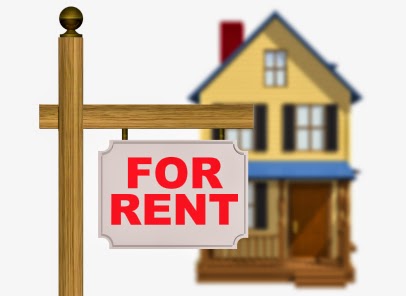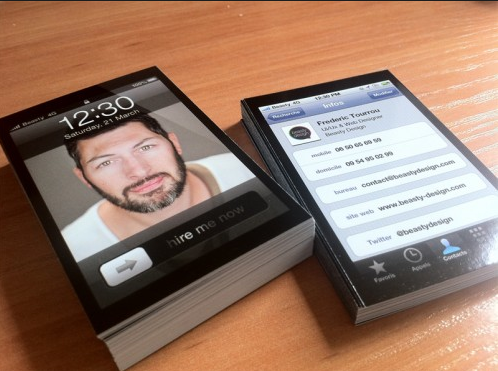Homeowner's insurance covers a specific array of damage to
your property. These could a fire in
your home, a windstorm blowing the roof off, or burglars breaking in. It also covers property damage, additional living expenses, personal liability,
and medical payments. But different
policies have different levels of coverage, so ask to see if you’re
covered. For instance, your policy may
cover you if someone breaks in to your car and steals something valuable.
What doesn’t it
cover?
Every policy has exclusions, so it’s important for you to
ask your agent what is not covered. Most
policies don’t take care of you in case of natural disasters like earthquakes,
landslides, sinkholes, and power failures, acts of war, nuclear accidents,
government actions, and bad work by a contractor. Tornadoes and hurricanes are usually covered
unless you live in a particularly vulnerable area.
Ask if water damage
is covered.
Water damage to your home is a completely different animal
with most insurance policies, so specifically ask how well you’re
protected. Generally, water from
below - like from flooding or overflowing
sewers or broken appliances – is not covered, while water damage from above –
rainwater or burst pipes – is covered.
It’s important to have enough coverage in case the worst-case
scenario comes to fruition. That being
said, your lender (if you have a mortgage) will decree how much minimum
coverage you need. But ask your agent if
you should bump up that amount to cover personal affects and property.
What deductible is
right for me?
Setting your deductible correctly is one of the biggest
decisions you have when getting a policy.
Our first instinct is sometimes to go with the highest deductible to get
the lowest possible policy cost. But
that may not be wise, especially if you consider that every year, about 6% of
homeowners file a claim, and 97% of those claims are for some sort of property
damage. So set a deductible that you’re
comfortable paying both monthly and if something happens and you file a claim.
When taking out a policy, you’ll have the option between
these two methods of reimbursement if something happens. Replacement cost is the amount it would take
to replace or rebuild your home or repair damages with materials of similar
kind and quality, without deducting for depreciation. It’s recommended your insurance covers at
least 80% of the Replacement Cost.
Actual Cash Value is the amount it would take to repair or replace damage
to your home after depreciation.
Policies based on market value usually have lower premiums,
but you’ll get less back if something happens.
Are discounts
available for preventive action and maintenance?
Ask your agent if there are things you can do that will bode
well with your insurer and yield discounts.
Installing new smoke detectors, a fence around your pool, a new roof, or
maintenance on your HVAC unit. Something
as simple as installing deadbolts could save you 5%, and a new alarm system
might get you a 15% discount!
Can I save money if I
bundle policies?
By filling your insurance needs for homeowners, auto, and
other policies, you usually get a significant discount. You should price the options for bundling
versus separate policies. A word of
caution - life insurance or insurance as an investment is totally different
than homeowners and auto, so don’t worry about bundling these just for
discounts.
What about my jewelry?
Most homeowner insurance policies have specific exclusions
or rules when it comes jewelry. So if
your wedding ring is lost or stolen, the fine print might only require them to
cover up to $3,000 in value. So ask
about the limits for jewelry (and sometimes electronics or cash,) because there
are supplemental policies you can easily put in place to make up the difference
How much time do I
have to file a claim?
You should read the fine print about time limits to file a
claim if something happens. Too often,
homeowners are overwhelmed, stressed, and confused if something catastrophic
like a fire or flood happens, and take way too long to file a claim with the
insurer. That puts them in jeopardy of
their claim being rejected based on time limits. Sometimes, the window is as small as 14 days.
What should I
document?
If you file a claim, the onus to prove the existence and
value of your property will be on you, so document everything carefully. It’s recommended you make a list of personal
property include serial numbers and model numbers. Save receipts and take photos of everything,
keeping it on a flash drive in a different location. When you get home improvements or work done
on the house, document everything including contracts and materials used. If you have to file a claim, it’s recommended
you create a log with phone calls and emails to your agent, the insurer or any
contractors.




























